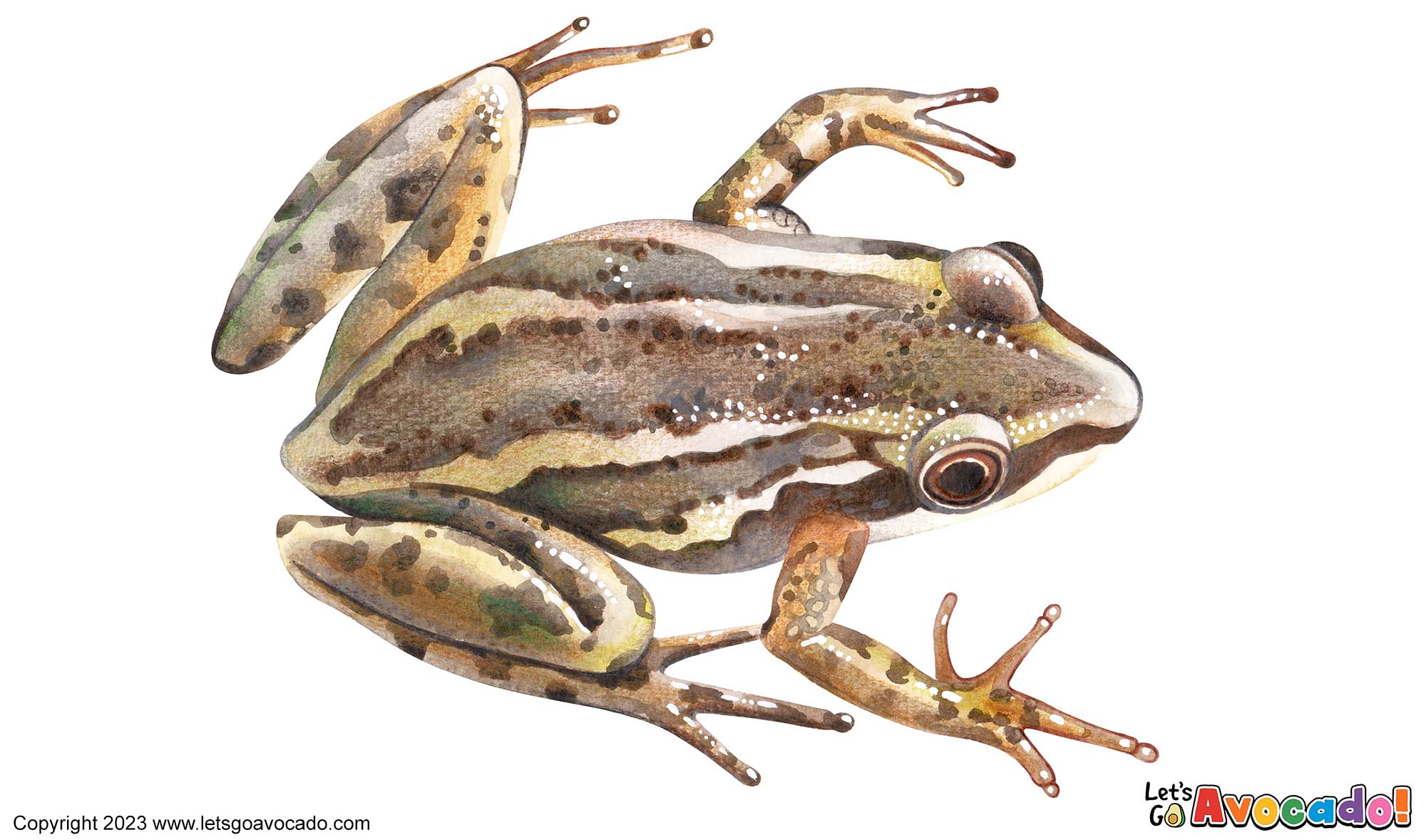

Western Chorus Frog
Midland Chorus Frog, Striped Chorus Frog
Pseudacris triseriata
This page may contain affiliate links.
Read our disclosure and privacy policy here.
The Western Chorus Frog (Pseudacris triseriata) is a small amphibian found in various regions of North America. With its distinct call resembling the sound of running a finger along the teeth of a comb, the Western Chorus Frog is known for its melodic vocalizations during the breeding season. This charming frog, measuring around 1 to 1.5 inches in length, displays a range of colorations, including various shades of brown, gray, and green, often with dark stripes or blotches on its back. It can be found in wetland habitats, such as marshes, ponds, and swamps, where it hides among vegetation during the day and becomes active at night. This frog species employs defense mechanisms, such as camouflage and quick jumps, to evade predators and ensure its survival.
Western Chorus Frog

There’s a lot to explore right where we are, in our own neighborhoods and backyards! Join us while we get off the couch and explore the everyday wonders of nature, science, space, engineering, art, and anything else we stumble upon during on our adventures.







